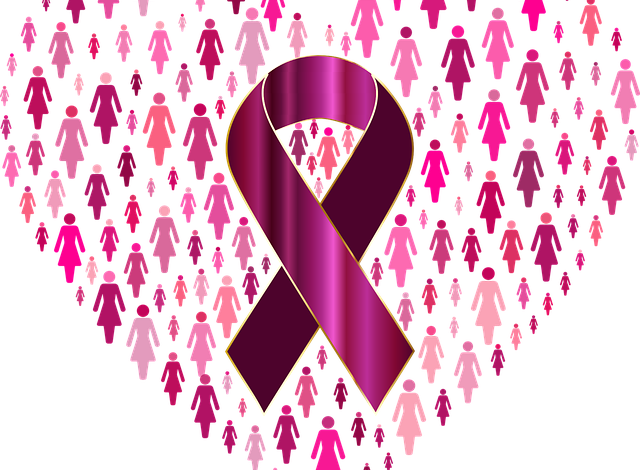
Positive news in triple negative breast cancer research
Positive news in triple negative breast cancer research
A recent study by researchers at the Scripps Research Institute sheds light on the treatment of triple negative breast cancer, one of the most difficult types of cancer to treat. The research focused on molecules called microRNAs, which help regulate gene expression and protein development. Scientists were particularly interested in microRNA-96, a troublesome molecule that in some studies has been linked to multiple types of cancers and other diseases.
Scripps’ research used a compound called targaprimir-96 that targets microRNA-96 in breast cancer cells, which leads to apoptosis, a process in which damaged or mutated cells are turned off. After a 21-day study in lab animals, researchers concluded that the compound reduced the production of microRNA-96, which encouraged the bad cells to kill themselves and slowed tumor growth. The researchers said that normal cells were not damaged by the compound. “The study represents a clear advance in precision medicine, because this molecule kills only cancer cells expressing the cancer-causing gene, not healthy cells,” Scripps researcher Matthew Disney said in a statement.
Related forms of breast cancer.
Most breast cancers are estrogen receptor positive (ER positive), progesterone receptor positive (PR positive), or express the human epidermal growth factor receptor 2 (HER2 positive) gene. ER-positive and PR-positive breast cancers, which account for about two-thirds of all malignant breast tumors, are often treated with hormone therapy, while the monoclonal antibody trastuzumab (Herceptin®) is treated for HER2-positive breast cancer. These treatments are often combined with other treatments, such as chemotherapy and/or breast cancer surgery.
Triple-negative breast cancer gets its name from the absence of ER, PR, and HER2 breast cancer markers. It is usually treated with a combination of chemotherapy, surgery, and/or radiotherapy. But without these markers, oncologists don’t have a specific hormone or gene to target as part of a more precise treatment regimen, which makes treating the type of cancer more difficult. Triple negative breast cancer is more common in women younger than 50 and in many women who have inherited a BRCA1 gene mutation. It is also more prevalent among African American women than among white or Asian women.
says Ricardo Alvarez, MD, MSc, director of cancer research and a breast oncologist at our hospital near Atlanta. “We have learned that it is not a single type of disease. There are at least eight different diseases, and in some cases, they can have a very interesting response. So, there are many clinical trials that are now trying to determine the subtypes of who will respond negative breast cancer. for some medicines.
MicroRNA-96 is on the radar of disease researchers around the world. Because it inhibits programmed cell death, it can allow bad cells, including cancer cells, to grow and multiply. Scientists in Japan are exploring the molecule’s role in pancreatic cancer. Researchers in China have linked microRNA-96 to glioblastoma multiforme, a complex form of brain cancer. Scripps scientists hope their early research on microRNAs will lead to new treatments for cancer and strategies to attack other diseases as well. “In the future, we hope to apply this strategy to target other types of disease-causing RNAs, ranging from intractable cancers to important viral pathogens such as Zika and Ebola,” Scripps Research Associate Sai Pradeep Velagapudi said in the statement.



